Accelerated Prairie Restoration and Enhancement on DNR Lands, Phase 4
The table below provides a short summary of the acres and sites accomplished. We enhanced or restored 59,495 acres in 458 separate habitat projects.Project Type # Sites # AcresFencing for conserv grazing 6 721grassland conversion 33 1,124Invasive Species Control 43 1,599mowing 3 104Prescribed burn 214 48,368Restoration 13 123Woody Removal 146 7,457
In the table above, grassland conversion is generally converting old brome or early low diversity CRP-like plantings (grass only) to a diverse native grass and forb mix. These projects are good examples of the benefits of OHF. Low diversity grasslands provide some habitat for wildlife. These funds allow us to enhance and improve these habitats, going above and beyond what we could do without these funds. By far our most effective management tool is prescribed fire and we were able to burn over 48,000 acres, just over 75 square miles, with these funds.Our acre estimate is probably a low number, especially for woody removal. Trees in grasslands affect both the immediate area as well as the surrounding area. Generally we remove trees to increase nest success in the surrounding areas. While we may only record one acre of tree removal, we’re enhancing nest success for an entire WMA.This was the fourth appropriation for the DNR's programmatic Grassland Enhancement efforts. The primary focus for the Wildlife Section of this appropriation was the use of two Roving Crews, in Region One (located in Polk County) and Region 3 (located in Dakota County). Roving Crews are self-contained habitat enhancement programs. One hundred percent of their time is dedicated to habitat enhancement. In addition, we worked with local contractors to do additional habitat work on WMAs and SNAs.Division of Ecological and Water Resource staff funded on this appropriation did a variety of tasks, including writing contracts for woody removal projects and prescribed burns, firebreak installation, prescribed burn planning and execution, prairie reconstruction, and smaller invasive removal projects. CCM crews were contracted for many projects to add additional abilities. Specifically noteworthy, southern region EWR hires a CCM crew for several weeks in the spring each year to build support into the DNR burn crew (there would not be enough staff for a crew without CCM).In addition to these data, we also provide the following narratives showing the outputs and outcomes of several of the projects on the parcel list.The Cuka WMA project involved the removal of scattered invasive volunteer trees from 130 acres of native and restored prairie. A DNR survey on June 11, 2013 revealed the presence of at least 508 individual clusters of Small White Lady Slipper orchids. The orchid is abundant on Cuka WMA and this tree removal was management that is a direct positive for the preservation of this species. The removal of predator perches and den trees was one objective that appears to have been successfully met based upon the pheasant production that has been observed on this unit in recent years. One hunter has harvested a 2 bird limit on every pheasant opener for the last four years.A large portion of Benson WMA was already a quality restored grassland and wetland complex when acquired, but had thousands of trees covering the WMA. Without treatment, the site would have soon lost its open nature and grassland wildlife. The site includes a very high quality remnant prairie that we use to harvest local ecotype seed for nearby WMA restorations.Two Rivers Aspen Parkland SNA is a 1400 acre high quality brush prairie that was being invaded by aspen. This transition can be devastating to many wildlife species, particularly sharp tailed grouse as they tend to abandon these areas once they transition. After the prescribed burn and woody removal projects, there was a significant increase in sharp tailed grouse observations.Sweetwater WMA has two tracts totaling 430 acres. These tracts are part of a contiguous complex of public lands, including roughly 1,000 acres of Waterfowl Production Areas and 500 acres of WMA in the heart of Lac qui Parle County – an area with a rich history of waterfowl and upland bird hunting. The tree removal work on Sweetwater WMA compliments ongoing habitat acquisitions, restorations and enhancements being done in this area through partnerships among USFWS, MNDNR, TNC, PF and DU.Cooperative Farming Agreement fields totaling nineteen acres on four WMAs in the south Metro were retired. The fields were planted to a diverse mix native grasses and forbs. This will benefit pollinators as well as providing additional nesting cover. These WMAs are relatively close to the Metro Area, proving both wildlife habitat as well as hunting and other recreational opportunities for Twin Cities residents.Because this is a programmatic appropriation, it’s difficult to assign a dollar amount to a specific project. Because of this and the large number of projects, we simply assigned dollars to projects proportional to acres completed in that project. In the same way, we proportionally assigned dollars to personnel based on FTEs.
$4,300,000 in the second year is to the commissioner of natural resources to accelerate the restoration and enhancement of wildlife management areas, scientific and natural areas, and land under native prairie bank easements. A list of proposed restorations and enhancements must be provided as part of the required accomplishment plan.
Restored 123 acres and enhanced 59,373 acres of prairie
n/a






























